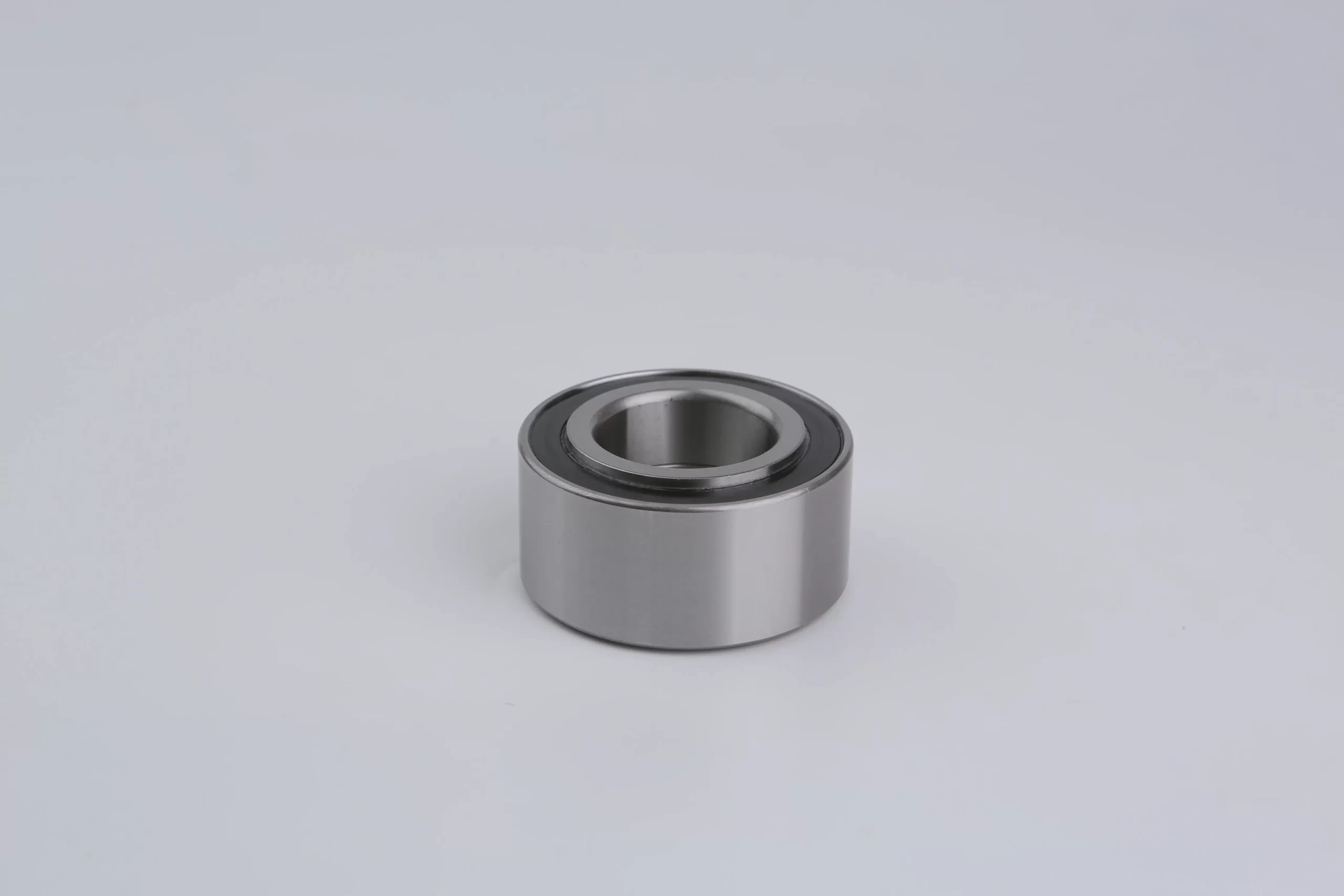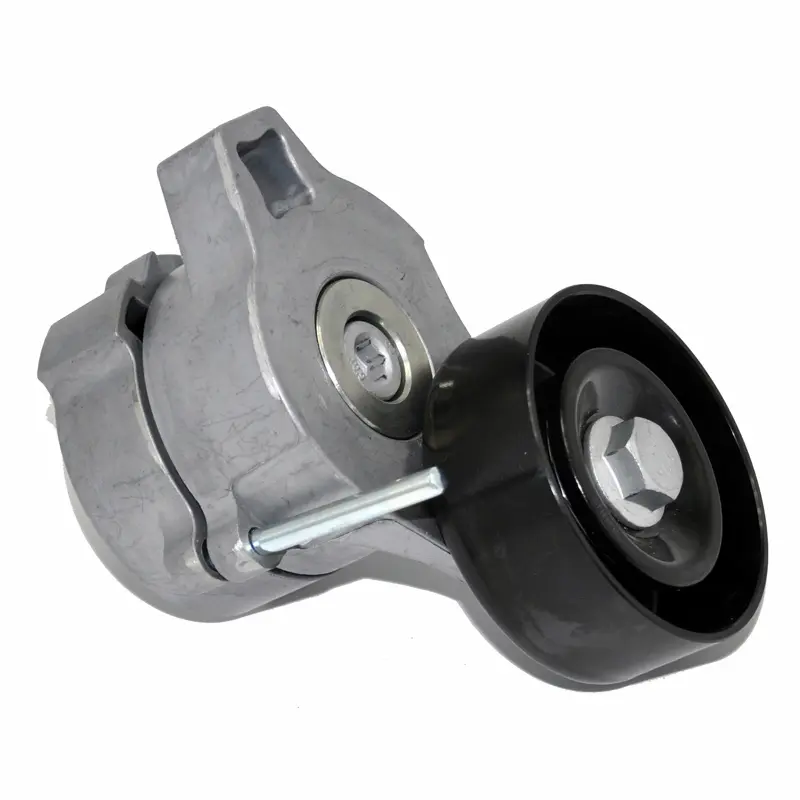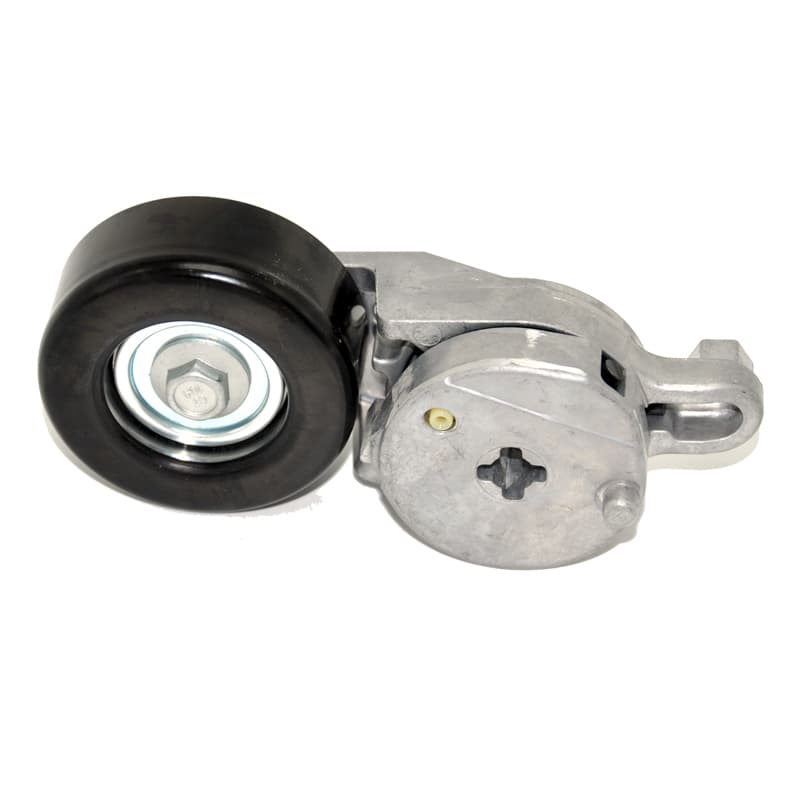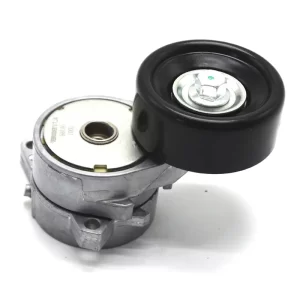Desain dan Struktur Bantalan Rol Tirus Baris Ganda
Rol Tirus
Bantalan rol tirus baris ganda direkayasa untuk mengelola beban radial dan aksial yang substansial dari kedua arah, menjadikannya penting untuk aplikasi dengan permintaan tinggi. Rol disusun dalam dua baris, masing-masing diposisikan dengan lancip yang tepat yang memfasilitasi distribusi beban yang optimal. Desain ini meminimalkan tekanan pada roller dan memperpanjang umur bearing.
- Desain Roller: Bentuk rol yang meruncing memungkinkannya melakukan kontak pada sudut yang lebih luas dengan balapan. Hal ini memastikan distribusi beban yang merata dan meningkatkan kemampuan bearing untuk menangani gaya yang signifikan. Desain ini juga membantu mengurangi konsentrasi tegangan, yang mengarah ke daya tahan yang lebih besar.
Cincin Bagian Dalam dan Luar
Cincin bagian dalam dan luar, juga dikenal sebagai balapan bagian dalam dan luar, membentuk komponen struktural inti dari bantalan. Cincin ini dirancang dengan cermat untuk memberikan kesesuaian yang sempurna untuk rol tirus, memastikan transfer beban yang efisien dan meminimalkan keausan.
- Bahan Cincin: Biasanya dibuat dari baja berkekuatan tinggi, cincin diberi perlakuan panas untuk meningkatkan kekerasan dan ketahanannya terhadap keausan. Pilihan dan perlakuan material ini sangat penting untuk mempertahankan kinerja bearing di bawah beban berat dan kondisi yang keras.
Punggawa
Punggawa, atau sangkar, memainkan peran penting dalam menjaga fungsionalitas bantalan. Penahan ini menempatkan rol secara merata dan mencegahnya bersentuhan satu sama lain, yang sangat penting untuk kelancaran pengoperasian dan mengurangi gesekan.
- Fungsionalitas Kandang: Penahan membantu mencegah roller miring dan ketidaksejajaran, yang dapat menyebabkan keausan dini atau kegagalan bantalan. Desainnya memastikan bahwa setiap rol beroperasi secara independen di dalam ruang yang ditentukan, sehingga meningkatkan efisiensi secara keseluruhan.
Segel
Teknologi penyegelan diintegrasikan ke dalam desain untuk melindungi bantalan dari kontaminan eksternal seperti kotoran, air, dan serpihan. Perlindungan ini sangat penting untuk mempertahankan kinerja jangka panjang dan mencegah kegagalan bearing dini.
- Jenis Segel: Segel canggih digunakan untuk menjaga pelumas tetap berada di dalam bearing dan melindunginya dari kontaminan lingkungan. Fitur ini sangat penting untuk menjaga tingkat pelumasan dan memastikan bearing beroperasi dengan lancar selama masa pakainya.
Aplikasi Bantalan Rol Tirus Baris Ganda
Hub Roda Otomotif
Di sektor otomotif, bantalan rol tirus baris ganda biasanya digunakan pada hub roda, memberikan dukungan penting untuk rotasi roda. Mereka digunakan di hub roda depan dan belakang, di mana mereka menangani beban radial dan aksial yang signifikan.
- Fungsi dalam Kendaraan: Bantalan ini memastikan pengoperasian roda yang mulus dan menopang berat kendaraan sambil menyerap gaya yang dihadapi selama berkendara. Desainnya yang kuat membuatnya ideal untuk aplikasi beban tinggi pada kendaraan.
Mesin Berat
Di luar penggunaan otomotif, bantalan ini merupakan bagian integral dari alat berat dan peralatan industri. Kemampuannya untuk menangani beban yang cukup besar membuatnya cocok untuk berbagai aplikasi pada mesin yang menuntut kinerja dan keandalan tinggi.
- Aplikasi Industri: Pada alat berat, bantalan rol tirus baris ganda digunakan pada kotak roda gigi, sistem konveyor, dan peralatan lain yang membutuhkan dukungan beban dan daya tahan yang andal. Kapasitas beban tinggi dan ketahanannya dalam kondisi sulit membuatnya sangat diperlukan.
Langkah-langkah Pengendalian Kualitas
Pemilihan dan Pengujian Material
- Inspeksi Bahan Baku: Kami melakukan pemeriksaan dan pengujian menyeluruh pada bahan baku untuk memastikan bahan baku tersebut memenuhi standar kualitas yang ketat. Hal ini mencakup analisis komposisi kimia dan pengujian mekanis untuk memverifikasi sifat material.
Manufaktur Presisi
- Akurasi Dimensi: Proses produksi kami menggunakan teknik canggih untuk menjamin dimensi dan toleransi yang tepat. Mesin otomatis dan kalibrasi rutin memastikan keseragaman dan konsistensi di seluruh batch produksi.
Pengujian Komprehensif
- Pengujian Multi-Tahap: Bearing menjalani pengujian ekstensif, termasuk penilaian akurasi dimensi, kapasitas beban, dan kecepatan rotasi. Uji ketahanan mensimulasikan berbagai kondisi pengoperasian untuk memastikan keandalan dan kinerja jangka panjang.
Sertifikasi dan Kepatuhan
- Kepatuhan terhadap Standar: Kami mematuhi standar kualitas internasional seperti ISO 9001, yang menunjukkan komitmen kami untuk mempertahankan proses manufaktur berkualitas tinggi. Audit dan tinjauan rutin memastikan kepatuhan yang berkelanjutan terhadap standar industri.
Umpan Balik Pelanggan dan Peningkatan Berkesinambungan
- Integrasi Umpan Balik: Kami secara aktif menggabungkan umpan balik pelanggan untuk meningkatkan produk dan proses kami. Komitmen kami terhadap peningkatan berkelanjutan mendorong penelitian, pengembangan, dan inovasi dalam teknologi bearing.
Kiat Pemasangan dan Pemeliharaan
Instalasi yang Tepat
- Alat dan Teknik: Gunakan alat yang benar dan ikuti spesifikasi pabrikan untuk torsi dan penyetelan untuk menghindari kerusakan. Hindari tenaga yang berlebihan untuk mencegah kerusakan bearing atau komponen.
Pelumasan Reguler
- Kualitas Pelumas: Gunakan jenis dan jumlah pelumas yang direkomendasikan, pastikan pelumas tersebut bersih dan bebas dari kontaminan. Periksa dan tambahkan pelumas secara teratur untuk mempertahankan kinerja yang optimal.
Kesesuaian dan Keselarasan yang Benar
- Pemeriksaan Keselarasan: Pastikan bantalan terpasang dengan benar di dalam rumah dan pada porosnya. Verifikasi kesejajaran secara teratur dengan menggunakan alat presisi untuk mencegah keausan yang tidak merata dan kegagalan dini.
Penanganan yang Tepat
- Penanganan Perawatan: Tangani bearing dengan hati-hati untuk menghindari kerusakan fisik selama pengangkutan dan pemasangan. Gunakan sarung tangan bersih untuk mencegah kontaminasi dan hindari menjatuhkan atau membentur bearing.
Dengan mengikuti prinsip-prinsip desain, langkah-langkah kontrol kualitas, dan tip perawatan ini, Anda dapat memastikan keandalan dan kinerja bantalan rol tirus baris ganda di berbagai aplikasi yang menuntut.











